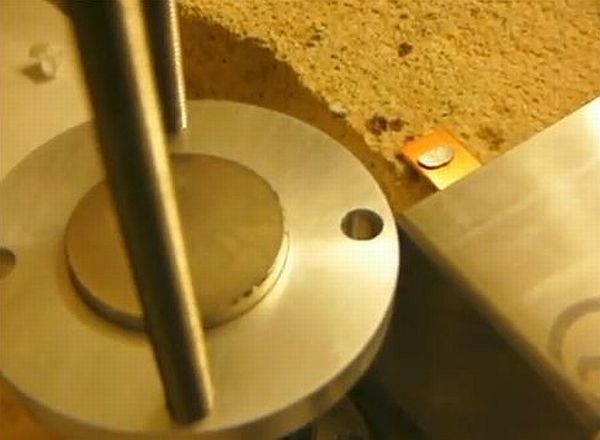 Green electricity is not easy to generate. It needs a mix of engineering, materials, science and more. But when one takes the pain, it works wonders. Just ask the researchers of University of Minnesota who worked as a team to go through those pain taking hours of study and research to discover a new multiferroic alloy for generating electricity sans CO2 emission. When this research comes to the ground, even moving cars would be generating enough green energy to keep them moving.
Green electricity is not easy to generate. It needs a mix of engineering, materials, science and more. But when one takes the pain, it works wonders. Just ask the researchers of University of Minnesota who worked as a team to go through those pain taking hours of study and research to discover a new multiferroic alloy for generating electricity sans CO2 emission. When this research comes to the ground, even moving cars would be generating enough green energy to keep them moving.
It is all about a new alloy, which converts heat into electricity. The newly discovered material traps that heat and generates electricity to charge the batteries of a hybrid car. So, call it a technology for future as the new-found material can be used in more than one intended way. Professor Richard James, who led the team of researchers, is positive about the multifaceted possibilities of this discovery, calls it an entirely new method of energy conversion.To say only that would be saying only a part of the whole story, as the new alloy helps banishing carbon dioxide totally from the process of electricity generation. This effort has been reported in the first issue of the new scientific journal: Advanced Energy Materials.
The new alloy is known by the chemical name of Ni45Co5Mn40Sn10. It behaves like a multiferroic element, which means that it has the ability to undergo a highly reversible phase transformation. In the various phases of transformation, one solid turns into another solid and the alloy’s magnetic properties are greatly changed. Scientists are now going to be able to use this property in various energy conversion devices. This has been demonstrated recently on a small scale in a University of Minnesota lab. Researchers showed that the new allow does not have any magnetic property. But, it develops magnetic property with an increase in temperature.
This makes the alloy produce electricity in a coil attached with it. definitely, researchers say, some of the heat energy is lost in the process that is called hysteresis. But, they have also found a way to minimize the effects of hysteresis. The research team, apart from Prof. James, consisted of other members like post-doctoral researchers Vijay Srivastava and Kanwal Bhatti, a Ph.D. student Yintao Song working with University of Minnesota in Chemical Engineering, along with Materials Science professor Christopher Leighton.
Via: Physorg




